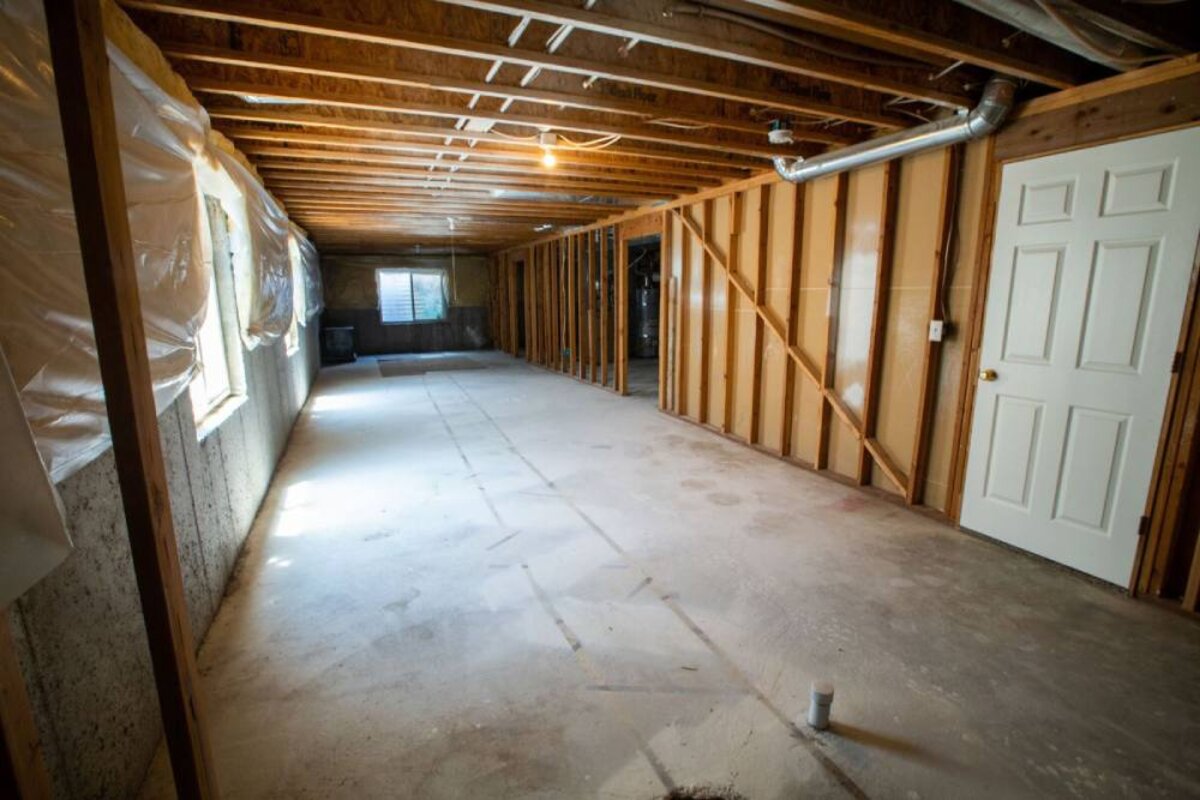Waterproofing is vital for any basement, primarily because it prevents extensive damage to your home’s foundation and ensures the health of its occupants. Nevertheless, despite the importance, many homeowners face the unfortunate situation of basement waterproofing failure. This article will delve into the primary reasons behind this common problem and offer insights on how to avoid it in the future.
Why Does Basement Waterproofing Fail?
1. Incorrect Installation Techniques
One of the leading causes of waterproofing problems is incorrect installation. If the methods and products used are not suitable for your property or if they are not correctly applied, it can lead to eventual leakage. This is why it’s essential to hire experienced professionals who understand the nuances of your specific foundation and its needs.
2. Poor Quality Materials
Cutting costs by opting for lower-quality waterproofing materials is a gamble. Cheap materials often degrade faster and cannot withstand the pressure exerted by groundwater, leading directly to waterproofing failure.
3. Natural Wear and Tear
Even the best waterproofing systems can degrade over time. Natural factors such as temperature fluctuations, soil movements, and increased groundwater pressure can take a toll on your basement’s waterproofing.
4. Ignored Maintenance
Regular maintenance is crucial. By neglecting routine inspections, small issues can escalate into significant problems, resulting in the dreaded basement waterproofing failure.
Signs of Basement Waterproofing Failure
Before understanding how to prevent basement water issues, it’s essential to know the early signs. Some of the tell-tale indications include:
- Damp or wet spots on the basement floor or walls.
- A musty odor that indicates mold or mildew growth.
- Peeling paint or efflorescence (white, powdery substance) on walls.
- Formation of cracks or fissures in the basement walls or floor.
Spotting these signs early can help homeowners take corrective action before the problem escalates.
Solutions to Counter Basement Waterproofing Failure
1. Regular Inspections
It’s always wise to stay one step ahead. Regularly inspecting your basement for the early signs mentioned above can save you from extensive repairs later. If you notice any irregularities, seek professional advice immediately.
2. Use High-Quality Materials
It cannot be emphasized enough: investing in top-notch waterproofing materials will pay off in the long run. It might seem like a significant expenditure now, but it’s minuscule compared to the potential cost of repairs or a complete overhaul in the event of a failure.
3. Professional Installation
Hire trusted professionals who come with recommendations and have a track record of successful waterproofing projects. Their expertise will ensure that the system installed is not only effective but also long-lasting.
4. Drainage Improvements
Improving your property’s drainage can mitigate the pressure on your basement’s walls. Ensure your gutters and downspouts are in good shape and consider installing a French drain system to divert groundwater away from your foundation.
Conclusion
Basement waterproofing failure isn’t just about water getting into unwanted places. It can lead to mold growth, structural damage, and can significantly decrease your property’s value.
By understanding the reasons behind waterproofing failures and implementing proactive solutions, you can secure your basement’s integrity for years to come. And if you ever need personalized advice or professional assistance, always remember to contact us for guidance.

